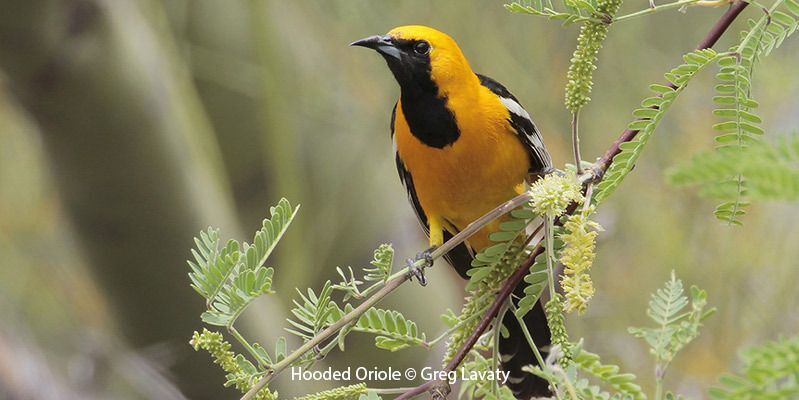Hooded Oriole
Icterus cucullatus
Family: (Icteridae) Blackbirds and Orioles
Preferred Habitat: Open areas and fruit trees.
Seasonal Occurrence: Uncommon in our area
Profile by Carrie Chapin: A rare visitor to the eastern Texas coast, a Hooded Oriole was recently photographed in Boy Scout Woods Bird Sanctuary in High Island (April 2023)! Only staying for part of a day, this individual was one of the billions of birds that pass through Texas during spring migration. Hooded Orioles, like other orioles, are larger than warblers and about the same size as the various tanager species. Male Hooded Orioles are yellow-orange and have a black throat that extends around the eye. They also have two white wingbars, the upper one more distinct than the lower one, and a slightly downcurved bill. In contrast, immature Orchard Orioles are more olive-yellow and have a more strongly curved bill than those of Orchard Orioles. Female Hooded Orioles are pale yellow, have a grayish back, and display two pale white wingbars.
Hooded Orioles forage in sparse trees, taking insects from the leaves and nectar from flowers. They sometimes drink from hummingbird feeders, too. On select palm trees in the southwestern U.S. or northern Mexico, the female weaves a hanging nest about twenty feet off the ground. This elaborate nest is stitched to the bottom of the leaves, much like those made by other oriole species. Hooded Oriole populations have remained relatively stable over the last fifty years; however, parasitic Brown-headed and Bronzed Cowbirds are causing declines in Hooded Oriole populations in the Lower Rio Grande Valley. Interestingly, the planting of ornamental palm trees is allowing Hooded Orioles to expand their range northwards.
While the individual found in High Island has not been seen since, it is well worth checking fruit trees and open areas for this amazing species. At the very least, you may find a Baltimore or Orchard Oriole to brighten your day.
Profile by Charlie Ayers: The Hooded Oriole is a flashy Icterid of south Texas. Hooded Orioles are slender birds with a flame orange body, black wings, a black tail and a black throat patch that extends up to their eye. Hooded Orioles can be difficult to identify from other orioles, but the combination of the features mentioned above would lead you to the correct ID. Altamira Orioles have a similar throat patch but lack the white wing bars. Baltimore Orioles have the white wing bars but have all black heads. The toughest ID challenge may be differentiating between a female Orchard and Hooded Oriole, as both have similar features when it comes to plumage. However, Hooded Orioles have long, slender, slightly curved bills while Orchard Orioles have short, straight bills. Hooded Orioles are also larger in size overall.
Hooded Orioles are acrobatic foragers, often hanging upside down while searching for food on the underside of large leaves such as palm fronds. They will forage for a variety of insects including caterpillars, grasshoppers and ants. Similar to other species of oriole, they will feed on fruit, flower nectar or directly from a hummingbird feeder. If you’re hoping to attract a vagrant Hooded Oriole, try and keep some orange slices out in the yard. You never know what might show up.
Hooded Oriole females build hanging nests made of grass materials that they sew together on the underside of a palm frond. This provides them with excellent protection from nest predation. You can find these beautiful orange birds more consistently in Rio Grande Valley during the spring and summer when they migrate north from Mexico to breed. However, this species has been found as far north as Montreal, Canada and Juneau, Alaska. Recently in January 2024, one showed up in High Island near Boy Scout Woods. Interestingly, it was found feeding from Yellow Bellied Sapsucker wells. Keep an eye out as to where your neighborhood sapsuckers feed from, as it could be a great place to find rare birds getting some much-needed calories during these cold days.
-
Cornell Lab of Ornithology
-
Field Guide
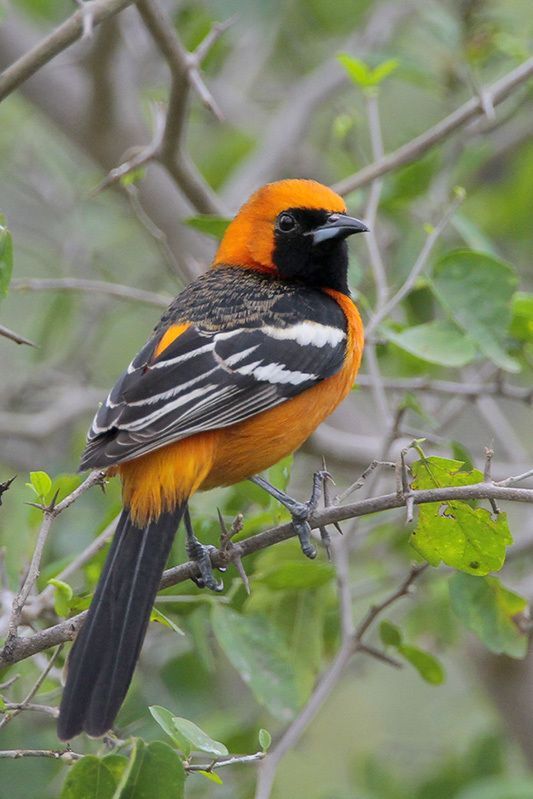
© Greg Lavaty, www.texastargetbirds.com
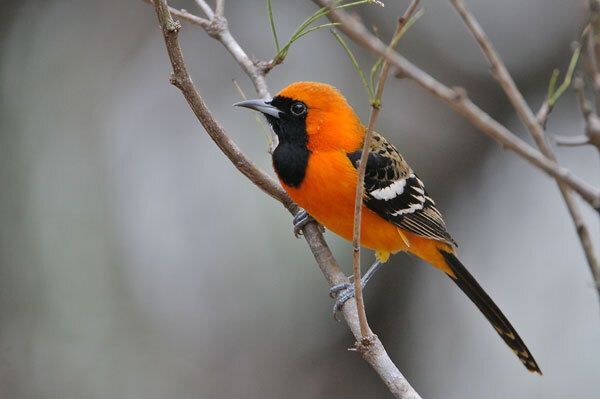
© Greg Lavaty, www.texastargetbirds.com
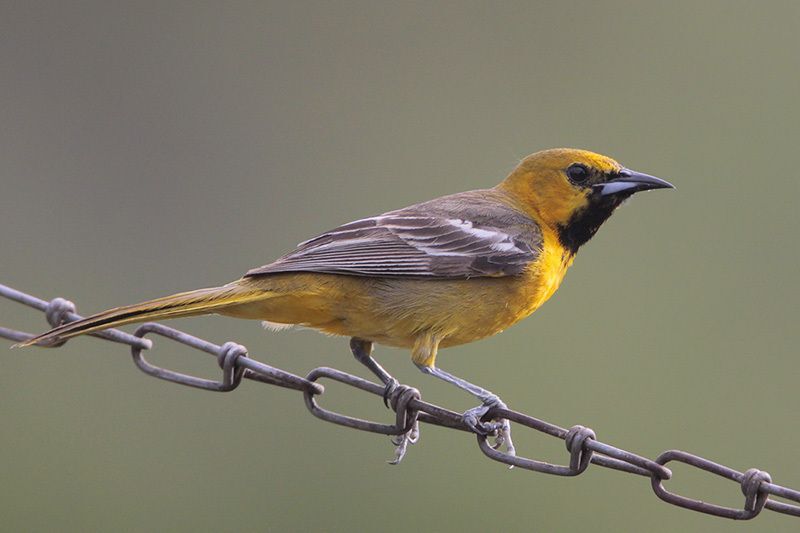
© Greg Lavaty, www.texastargetbirds.com
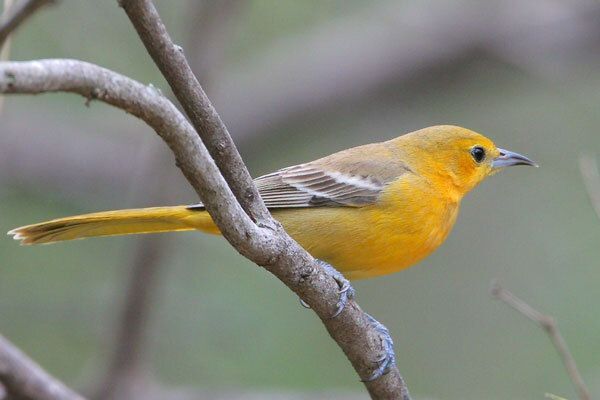
© Greg Lavaty, www.texastargetbirds.com

